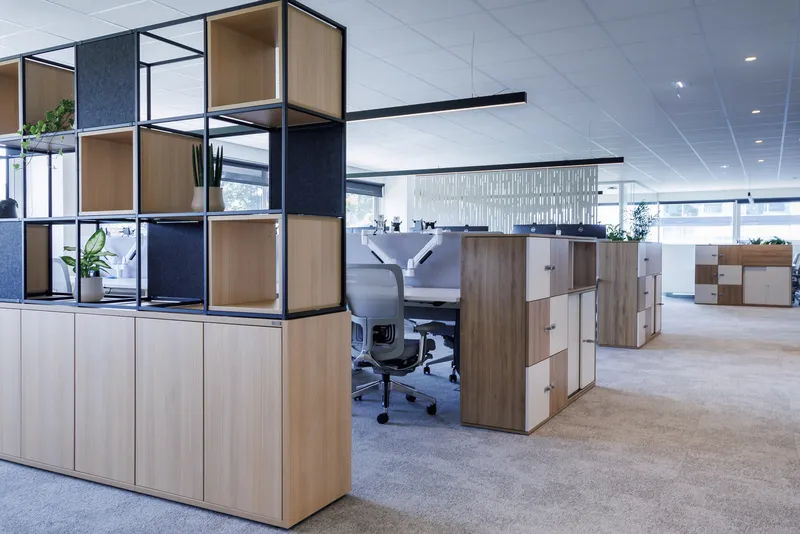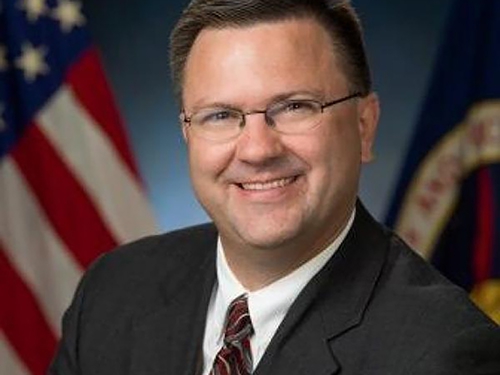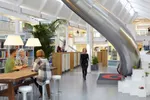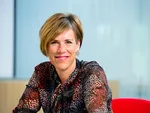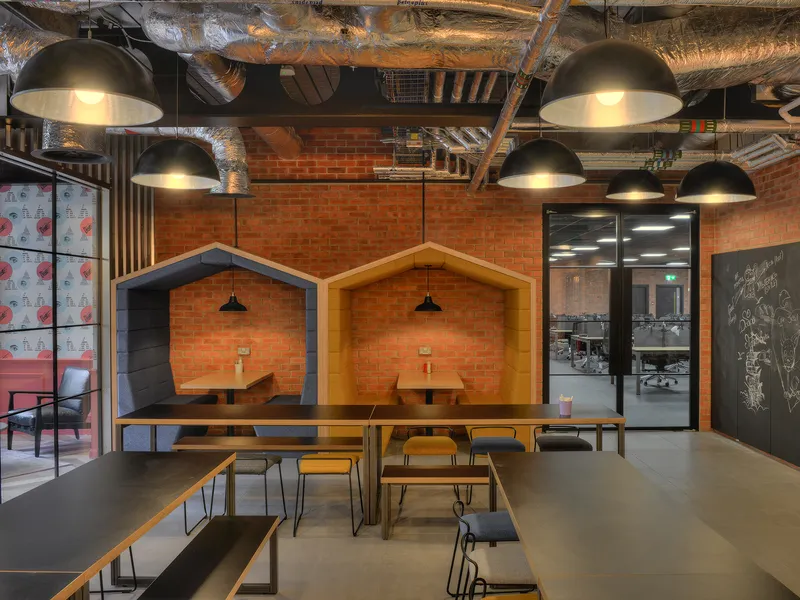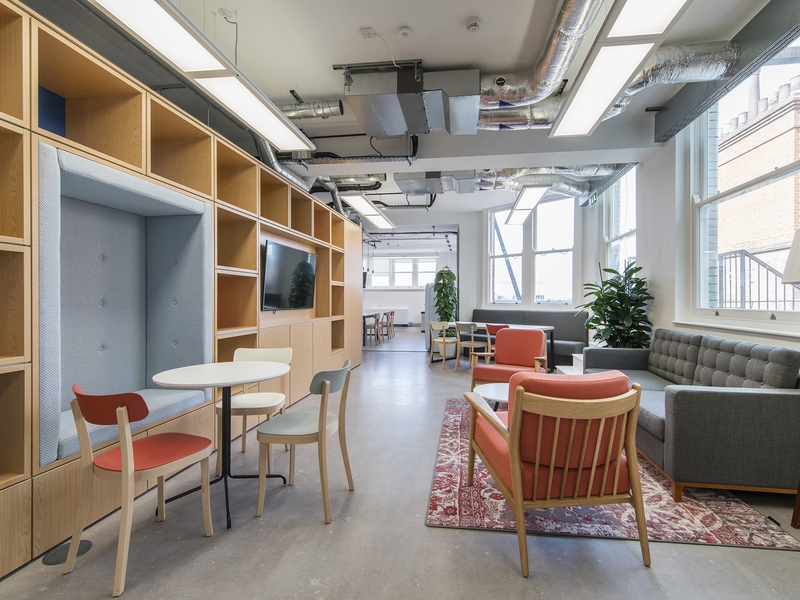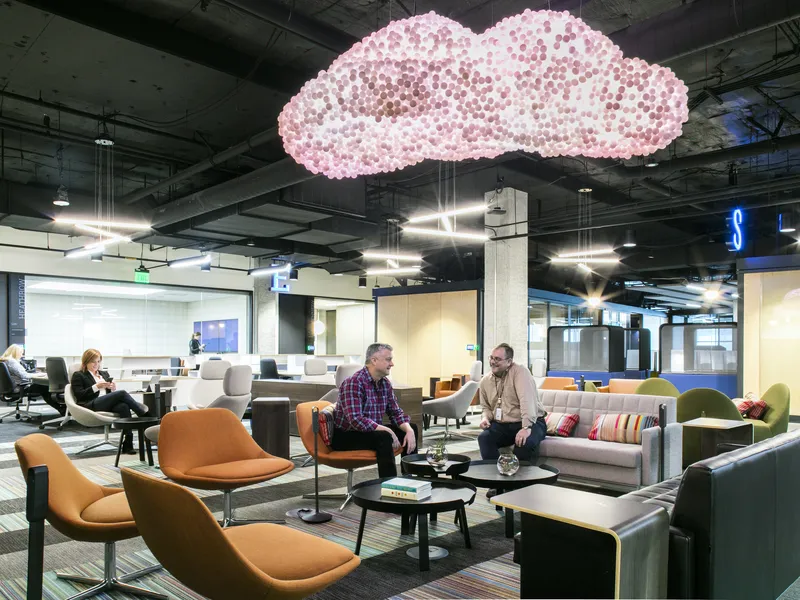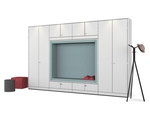27 Jul 2018
Industry Trends
Continuing our TalentTalk series, here is a brief overview from Brady Pyle, Director of Human Resources at NASA. Brady was one of the fascinating key speakers at the Work 2.0 Expo recently in London. When it comes to innovation, you don’t get much more innovative than someone exploring space. Brady began his seminar on how NASA prepares leaders for the next level, and how leadership begins with the individual. He approached this theory by linking it to technology.
Pyle: “Think of your job as a software release. What’s working well? What do we want to keep? What do we want to improve? That mindset has really helped us as an organisation. It’s also had results; we the top place to work when employees consider their relationships with their frontline leaders, but also their senior leaders as well. What’s more, we’re joint number one for leadership across the US Federal Government.
As the current trend if for individuals to move between organisations in order to develop there career, we wondered how NASA manages its internal development process and how are NASA is intentionally preparing for the next generation of leaders?
Pyle: “We go through a pretty simple process for section development. Senior leaders get together around a table, and they talk about ‘who are the key successors in your pool, who is the leader that you see in the future’. The purpose of this discussions is to really understand what the individual needs from a development aspect, to grow and develop on to the next level of leadership. We really believe that leadership starts with the individual.”

So how exactly does NASA develop its people? They use a variety of tools including a strength finder, personality assessment and an upward feedback survey, that provides team members with an opportunity to tell their leaders how they’re doing.
Pyle: “There is a foundation course that focuses on leadership strategy. As leaders move about the organisation, we teach similar leadership development courses including an inclusion and innovation workshop. We’re really trying to drive a culture of innovation. We believe there is critical link between inclusion and innovation at NASA, and so we really try to push that from our leadership development perspective.”
Mentoring has often been a part of how people are developed; learning from one’s elders. Once upon a time this was the case for NASA – just ask Yoda.
Pyle: “Several years ago we had a mentoring programme that was actually called YODA, and we worked with Lucasfilms to use the Yoda image for our brand. “Your Opportunity to Develop Another” was the name of our training program. What we found through that programme was that it was perceived very much as a more senior person in the organisation mentoring a more junior person, and as our workforce demographics changed, as we have younger scientists and engineers entering the workforce, we found that we needed to change that programme because we now need to incorporate elements of reverse mentoring where younger folks mentored more senior folks around technology, communications, and other things that the more senior leaders needed. The research really pointed out the importance of a two-way synergistic leadership. So now the mentoring programme has moved away from the YODA branding, which confers that a more senior person will mentor a more junior person, to a more formal programme that has these two-way relationships involved.”

As well as absorbing knowledge from those that have more experience, in whatever area that may be, Brady suggests that the future leaders get a mentor.
Pyle: “We say that every leader should have a ‘Mount Rushmore’ of leaders: four people that you can quickly think of who have shaped you as a leader and have shaped your career. If you can’t quickly think of your ‘Mount Rushmore’s’ then we encourage individuals to reach out and seek a mentor.”
For further inspiration, read more from our TalentTalk series: Kirsty Bashforth, Lego ...
Share this article




